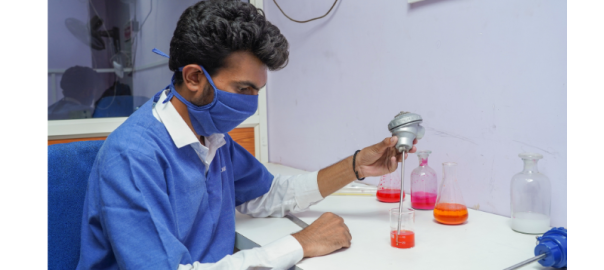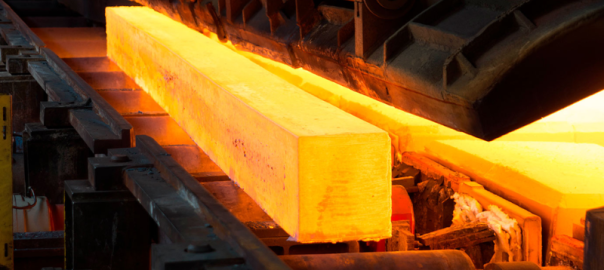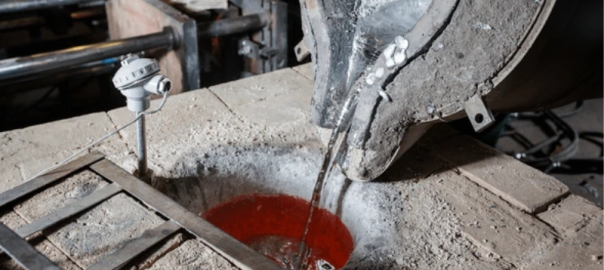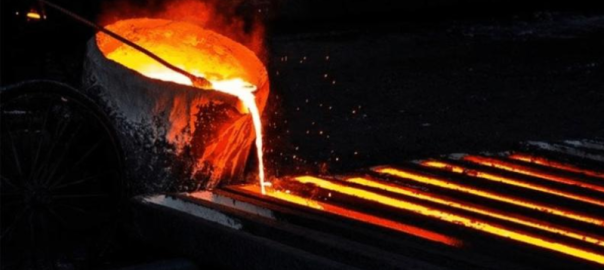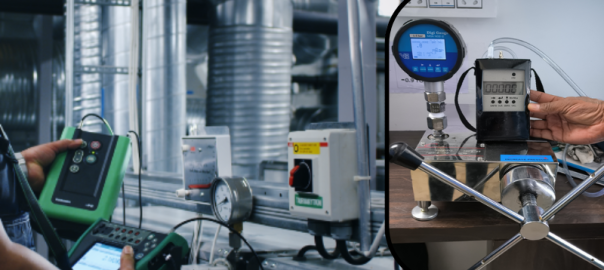
Introduction:
Plastic film converting machines play a crucial role in various industries, including packaging, printing, and manufacturing. These machines are responsible for transforming raw plastic film into finished products, such as bags, pouches, labels, and more. To ensure the optimal performance and efficiency of these machines, accurate temperature monitoring is essential. Resistance Temperature Detectors (RTDs) are a popular choice for temperature measurement in plastic film converting machines due to their accuracy, reliability, and versatility. In this blog, we will explore the benefits and applications of RTD sensors in plastic film converting machines.
1. Understanding RTD Sensors:
RTDs are temperature sensors that work based on the principle that the electrical resistance of certain materials changes with temperature. Typically, RTDs are made from platinum wires or films due to their excellent stability and linearity across a wide temperature range. They provide precise and consistent temperature readings, making them ideal for critical applications in various industries.
2. Advantages of RTD Sensors in Plastic Film Converting Machines:
2.1. Accuracy and Precision:
RTD sensors offer higher accuracy compared to other temperature sensors like thermocouples. This accuracy ensures precise temperature control during the plastic film conversion process, resulting in consistent product quality and reduced waste.
2.2. Wide Temperature Range:
Plastic film converting machines often operate at different temperature levels depending on the type of plastic being used and the conversion process. RTDs can handle a wide temperature range, from sub-zero temperatures to high heat, making them suitable for diverse applications within the converting machine.
2.3. Stability and Reliability:
The stability of RTDs over time ensures that the temperature readings remain consistent throughout the machine’s lifespan. Their reliability minimizes downtime and maintenance costs, leading to increased productivity.
2.4. Fast Response Time:
RTDs have a faster response time compared to some other temperature sensors, allowing the machine’s temperature control system to react quickly to temperature fluctuations and maintain the desired settings efficiently.
2.5. Environmental Compatibility:
Plastic film converting machines can operate in challenging environments, such as exposure to chemicals, moisture, and mechanical stresses. RTDs are well-suited for such conditions, making them a durable choice for temperature sensing.
3. Applications of RTD Sensors in Plastic Film Converting Machines:
3.1. Heating and Cooling Control:
RTDs help regulate the temperature of heating elements and cooling systems within the converting machine, ensuring precise control over the film’s temperature during various stages of the conversion process.
3.2. Melt Temperature Measurement:
In extrusion processes, where plastic pellets are melted to form film, RTDs accurately measure the melt temperature to prevent overheating or underheating, leading to consistent film thickness and properties.
3.3. Roller Temperature Monitoring:
RTDs placed on rollers help monitor and control the temperature of the plastic film during calendering and lamination processes, contributing to the film’s smoothness and uniformity.
3.4. Die Temperature Control:
In processes like blow molding, where plastic is inflated to form various shapes, RTD sensors assist in maintaining the die temperature at an optimal level for the desired product outcome.
Conclusion:
RTD sensors have proven to be invaluable tools in plastic film converting machines, enhancing productivity, ensuring product quality, and reducing operational costs. Their accuracy, reliability, and versatility make them the preferred choice for temperature measurement in critical processes. As the plastic film industry continues to evolve, RTD sensors will play a vital role in driving innovation and efficiency in the converting process.








